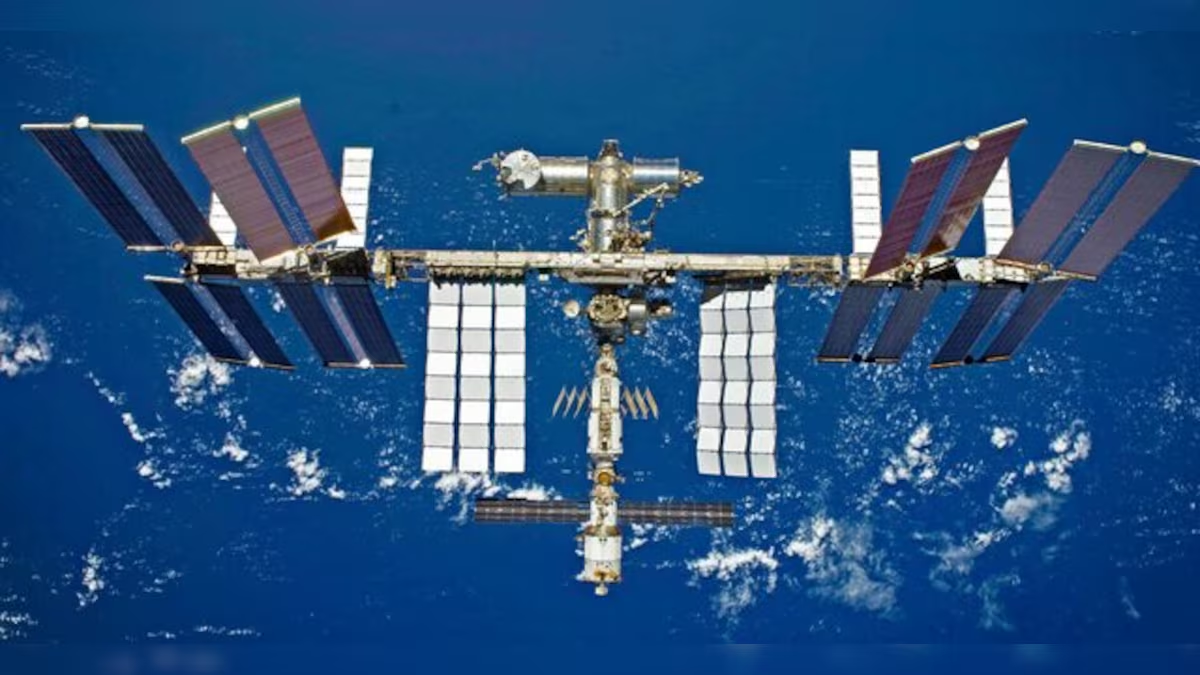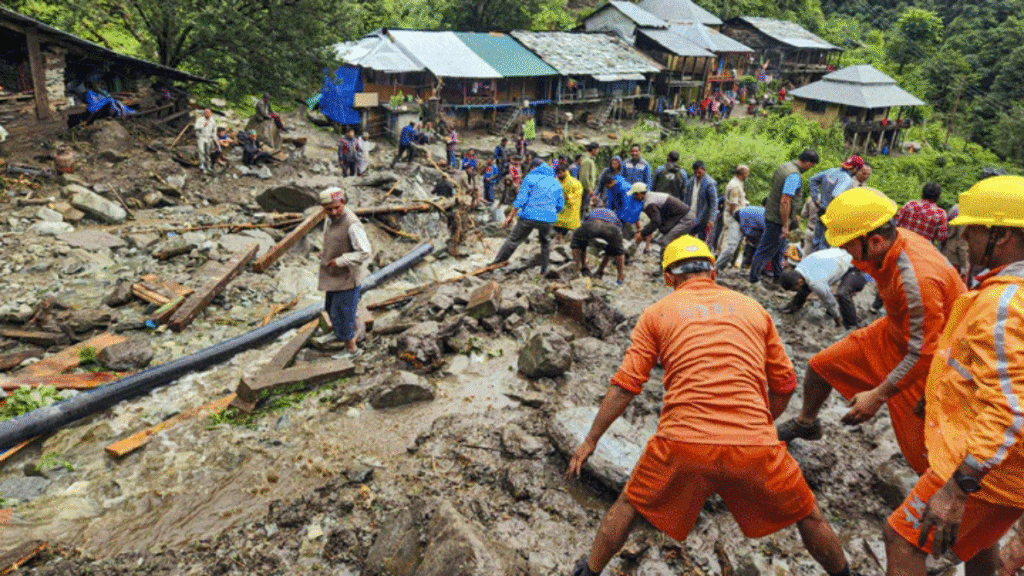Now Reading: The End of an Era: Why NASA is De-Orbiting the International Space Station in 2031
-
01
The End of an Era: Why NASA is De-Orbiting the International Space Station in 2031
The End of an Era: Why NASA is De-Orbiting the International Space Station in 2031

The International Space Station (ISS), a marvel of international collaboration and a cornerstone of human presence in low Earth orbit, is scheduled for a planned and controlled deorbit in 2031. After more than three decades of operation, this deliberate action is not an act of destruction but a necessary and carefully orchestrated conclusion to the station’s mission. The decision to guide the massive structure to its fiery demise over a remote part of the Pacific Ocean is rooted in a combination of factors related to the station’s age, safety concerns, and the future of space exploration.
The End of an Era: Age and Structural Integrity
The ISS, which began assembly in 1998, was never designed to last forever. Its original operational lifespan was estimated at 15 years, and it has already far exceeded that expectation. The station is a complex network of modules, trusses, and systems that have been exposed to the harsh vacuum of space, extreme temperature fluctuations, and constant micrometeoroid impacts for decades. This relentless environment takes a toll. Over time, the structural components, including the primary truss, have undergone constant expansion and contraction, which can lead to material fatigue. While many of the station’s systems, like life support and power, are repairable or replaceable, the fundamental structure itself has a limited lifespan. To continue operating the station beyond 2030 would require increasingly expensive and difficult maintenance, eventually reaching a point where the risks would outweigh the benefits.
A Critical Safety Measure: Controlled Re-entry
A major reason for the controlled deorbit is public safety. The ISS is the largest human-made object ever put into space, with a mass of over 400 metric tons. If it were allowed to fall out of orbit in an uncontrolled manner, there would be a significant risk of large, heat-resistant pieces of debris surviving re-entry and impacting populated areas. NASA and its international partners are committed to ensuring that the station’s retirement poses no threat to people on Earth.
To achieve this, the plan involves a controlled re-entry over the South Pacific Oceanic Uninhabited Area (SPOUA), also known as Point Nemo. This location is the most remote point in the ocean, farther from land than any other spot on Earth, making it the ideal “spacecraft cemetery” for large pieces of space junk. The deorbit process will be a multi-stage operation. First, the station’s altitude will be gradually lowered through a combination of natural atmospheric drag and propulsive maneuvers. Then, a dedicated deorbit vehicle, currently being developed by SpaceX, will be used to provide the final push, guiding the ISS to a precise and safe atmospheric entry. The intense heat of re-entry will cause most of the station to burn up, with any surviving, denser components splashing down harmlessly into the designated area.
Paving the Way for the Future of Space Exploration
The retirement of the ISS is not the end of human presence in low Earth orbit, but a transition to a new model of space exploration. The ISS has served its purpose as a research laboratory and a proving ground for international cooperation. The knowledge gained from thousands of experiments on the station has provided invaluable insights into microgravity’s effects on human health, plant growth, and material science, all of which are critical for future long-duration missions to the Moon and Mars.
Looking ahead, NASA is moving towards a commercial model for low Earth orbit. The agency has been fostering the development of privately owned and operated space stations. Companies like Axiom Space and Blue Origin are working on building their own commercial space habitats, which will provide a platform for ongoing research, manufacturing, and even space tourism. By becoming one of many customers for these commercial services, NASA can free up resources and focus its efforts on its ambitious Artemis program, which aims to return humans to the Moon and eventually establish a long-term presence there as a stepping stone to Mars. The deorbit of the ISS is a vital step in this transition, allowing the global space community to move forward into the next era of human spaceflight.










